 |
by brian wang on (#35NA6)
Using flexible conducting polymers and novel circuitry patterns printed on paper, researchers have demonstrated proof-of-concept wearable thermoelectric generators that can harvest energy from body...
|
 NextBigFuture.com
NextBigFuture.com
| Link | https://www.nextbigfuture.com/ |
| Feed | http://feeds.feedburner.com/blogspot/advancednano |
| Updated | 2025-12-20 04:30 |
 |
by brian wang on (#35NA8)
Elon Musk Boring Co. gets permission to dig a tunnel in Maryland. The new tunnel will be a 10.3-mile route that undercuts a state-owned operation of the Baltimore-Washington Parkway in Maryland, and...
|
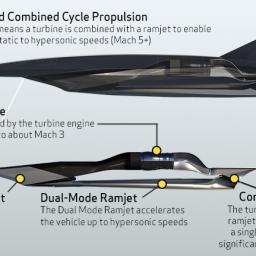 |
by brian wang on (#35N5S)
Billionaire Elon Musk and Spacex announced that they were devoting all of Spacex resources to the development of a large fully reusable rocket called the Spacex BFR (Big F**ing Rocket). It will have...
|
 |
by brian wang on (#35MVK)
Bitcoin set a new intraday high price record of $6,064, according to CoinDesk’s Bitcoin Price Index (BPI). The previous all-time high set on October 13, when the price rose to $5,856.10.
|
 |
by brian wang on (#35M77)
The US Energy Information Administration (EIA) and the International Energy Agency (IEA) have had terrible projections of the energy market especially in regards to solar and wind. Quartz and...
|
 |
by brian wang on (#35M14)
Relativity Space wants is reimagining the way rockets are built and flown with massive 3D printing. * 100X fewer parts. * 10X faster iteration * entirely 3D printed Relativity is creating the first...
|
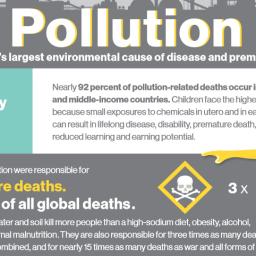 |
by brian wang on (#35HZX)
For decades, pollution and its harmful effects on people’s health, the environment, and the planet have been neglected both by Governments and the international development agenda. Yet, pollution is...
|
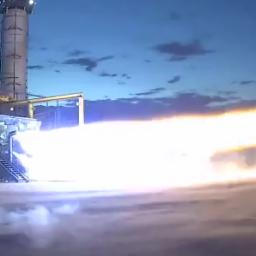 |
by brian wang on (#35HTG)
a href=â€https://www.blueorigin.com/new-glenn†target=blank>Blue Origin had a successful hotfire of a full-scale BE-4 engine. This is Jeff Bezos rocket company. Blue Origin’s BE-4...
|
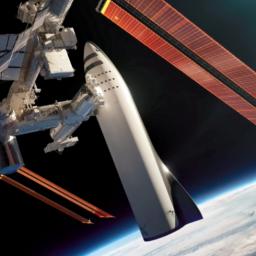 |
by brian wang on (#35HEX)
Boeing gave the US military long range conventional bombing superiority for decades with the B52 and commercial aviation dominance with the 747. The fully reusable Spacex BFR will have more military...
|
 |
by brian wang on (#35HD2)
There is a lot of talk about a hypersonic weapons arms race to create missiles and then a decade later hypersonic drones and then a decade after that hypersonic spy planes and fighter planes. It will...
|
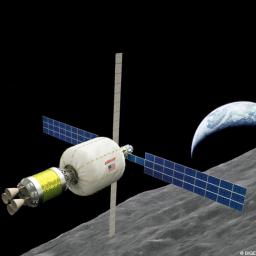 |
by brian wang on (#35H55)
Bigelow Aerospace and United Launch Alliance (ULA) are working together to launch a B330 expandable module on ULA’s Vulcan launch vehicle. The launch would place a B330 outfitted module in Low Lunar...
|
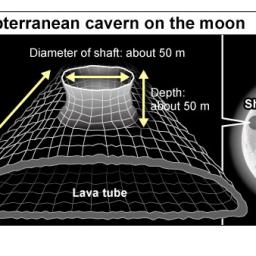 |
by brian wang on (#35H57)
A Japanese space probe data confirmed that an enormous cavern stretching for about 50 kilometers exists beneath the moon’s surface, offering a possible protected site for future lunar bases, the...
|
 |
by brian wang on (#35H37)
Michael J. Green and Matthew Kroenig put forward a plan that uses US economic and superior world position to put constant pressure on North Korea. 1. simultaneously refuse to recognize North Korea’s...
|
 |
by brian wang on (#35H0N)
Israel Aerospace Industries is course correction artillery fuzes. The fuze, called TopGun, is an add-on fuze mounted on 155mm shells. It allows guiding the shell to its a pre-defined coordinate after...
|
 |
by brian wang on (#35GQF)
CapitalG — Alphabet’s growth investment fund — is leading a $1 billion financing round in Lyft. This brings Lyft’s post-money valuation to $11 billion. 2017 has been an important year for the Lyft...
|
 |
by brian wang on (#35EPB)
Researchers have created engineered proteins that lowered body weight, bloodstream insulin, and cholesterol levels in obese mice, rats, and primates. The delivery of the GDF15 gene reduced body...
|
 |
by brian wang on (#35EPD)
The City of Stockton went bankrupt in 2012 and it now has a budget of $626 million. A random sample of the 300,000 residents of Stockton, a port city in California’s Central Valley, will get $500 per month ($6,000 a year) with no strings attached. It’s the latest test of the basic income policy. It is funded from philanthropy. The first $1 million in funding comes from the Economic Security Project, a pro-basic income advocacy and research group co-chaired by Facebook co-founder and former New Republic publisher Chris Hughes and activists Natalie Foster and Dorian Warren; Hughes provided the group’s
|
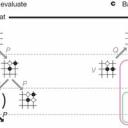 |
by brian wang on (#35E74)
AlphaGo became the first program to defeat a world champion in the game of Go. The tree search in AlphaGo evaluated positions and selected moves using deep neural networks. These neural networks were...
|
 |
by brian wang on (#35E76)
A RAND study requested by the US NAvy looked at different american aircraft carrier options and concludes that the US Navy is correct with its current $13 billion a piece Gerald Ford Supercarriers....
|
 |
by brian wang on (#35DMG)
Sidewalk Labs, owned by Google’s parent company, Alphabet, is to build a digital city in Toronto. It will have fast wi-fi, many sensors, sustainable energy and autonomous cars. We couldn't...
|
 |
by brian wang on (#35D3H)
700 million people in China watched NBA programming on TV last season. The NBA now has 200 employees in China. Point to Point rockets from Spacex will make it travel between Asia and America in under...
|
 |
by brian wang on (#35C0B)
At 23 minutes of this video. SSI SA Dr. Heidi Fearn explains how just scaling power and size causes problems. (heat, arcing and other problems). For Mach effect propellentless propulsion it will be...
|
 |
by brian wang on (#35C0C)
The Mach-Effect thruster is a propellantless propulsion concept that has been in development by J.F. Woodward for more than two decades. It consists of a piezo stack that produces mass fluctuations,...
|
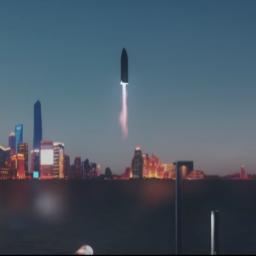 |
by brian wang on (#35C0E)
Spacex’s Elon Musk talked about flying to different points on the Earth in his BFR rocket presentation. Spacex would be able to transport people at 18,000 mph and make 5000 miles trips in 20 minutes (regularly 10 hours) and 8000-9000 miles trips in 30 minutes (regularly 12-14 hours) and 10,000-11,000 mile trips in 40 minutes (18 hours or more with connections). In 2018, there will be about 4 billion airline passengers. About 2% fly first class on international routes. This is about 80 million first class seat flights per year. Flights are growing at 2-4% per year. If Spacex were
|
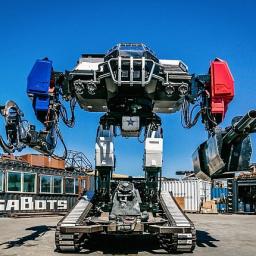 |
by brian wang on (#35C0G)
USA Eagle Prime is taking on Japan’s Suidobashi megabot. MegaBots, Inc (USA) and Suidobashi Heavy Industry (Japan) have spent the past two years preparing real-life Giant Fighting Robots for a...
|
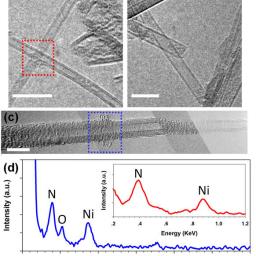 |
by brian wang on (#35C0J)
Boron nitride nanotubes could be used to make hypersonic planes. NASA has one of the few facilities in the world able to produce quality Boron Nitride Nanotubes BNNTs. Carbon nanotubes can stay...
|
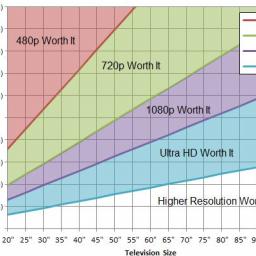 |
by brian wang on (#35C0M)
Price ranges for different TV sizes are as follows 55 inch $400-1000 65 inch about $1780 but range from $1200 to $3000 75 inch about $3150 but range from $2500 to 5000 80-100 inch about $8000 to...
|
 |
by brian wang on (#35C0P)
The observation is being made that the war on ISIS united many factions in the middle east. This is similar to how the Cold war between the Eastern Bloc (the Soviet Union and its satellite states)...
|
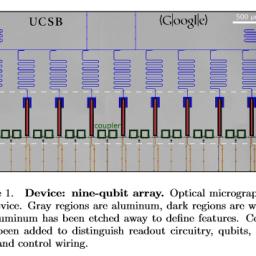 |
by brian wang on (#35C0R)
Just a few years ago, the consensus on a timeline to large-scale, reliable quantum computers was 20 years to never. This was in spite of the success that DWave systems had with adiabatic quantum...
|
 |
by brian wang on (#358J8)
In Elon Musk’s video announcement of the Spacex BFR he indicated that it would be lower cost to launch than the Spacex Falcon 1. Above was the graphic which showed the Spacex BFR at lower cost...
|
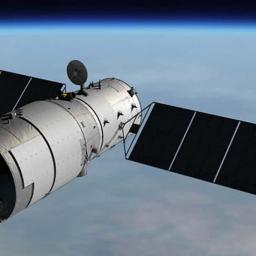 |
by brian wang on (#358H1)
Pieces weighing up to 200 pounds of China’s space station could make it to the surface when out-of-control 8.5-tonne laboratory breaks apart in the atmosphere. An 8.5-tonne Chinese space...
|
 |
by brian wang on (#358FM)
IBM today announced a new blockchain banking solution that will help financial institutions address the processes of universal cross-border payments, designed to reduce the settlement time and lower...
|
 |
by brian wang on (#358C9)
The Black Panther movie is in theaters February 16, 2018.
|
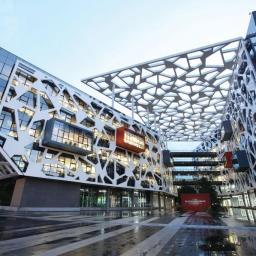 |
by brian wang on (#3589M)
China is planning to invest tens of billions of dollars in the next few years to master artificial intelligence. A large part of Alibaba’s planned $15 billion per year in research and another...
|
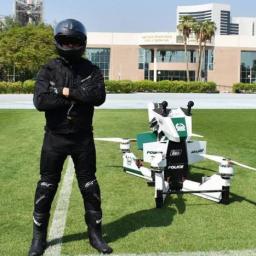 |
by brian wang on (#354VA)
Dubai police have announced they will soon have officers buzzing around the skies on Star Wars-style electric hoverbikes capable of speeds of up to 70 kilometres per hour. The Hoversurf Scorpion was...
|
 |
by brian wang on (#354VC)
Elon Musk answered questions about the Spacex BFR, Raptor Engine, Mars colonization and other space related topics. Here are Elon Musks answers to questions. * Elon on space radiation – Ambient...
|
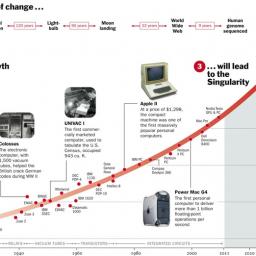 |
by brian wang on (#354VE)
Ray Kurzweil and Peter Diamandis presented an Abundance 360 webinar on Friday, October 13 on mind-boggling predictions and transformative (even “dangerousâ€) ideas. They discussed * Radical life...
|
 |
by brian wang on (#354VG)
President Vladimir Putin has officially stated that Russia will issue its own ‘CryptoRuble’ at a closed door meeting in Moscow, according to local russian news sources (via Cointelegraph). The news...
|
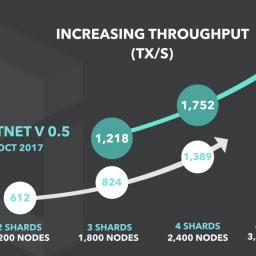 |
by brian wang on (#354SP)
The Zilliqa team expanded their network to 3,600 nodes (6 shards), and they observed a peak throughput of 2,488 transactions per second. Zilliqa is a blockchain developed by National University of...
|
 |
by brian wang on (#354QK)
In 2016, China developed its first 20,000-watt fiber laser, which will help to reduce the cost of such machines by 40 percent. Yan Dapeng, with the Fourth Research Institute of China Aerospace...
|
 |
by brian wang on (#354MD)
The full virtual reality demo for Blade Runner 2049: Memory Lab is below. It was captured on the Oculus Rift, this free demo releases on October 19th. Blade Runner 2049: Memory Lab does not have good...
|
 |
by brian wang on (#354H9)
Early Saturday morning Oct 07, 2017, Spike Aerospace successfully test flew the subsonic subscale SX-1.2 demonstrator aircraft for the first time. The jet is an early unmanned prototype of the...
|
 |
by brian wang on (#354FC)
Yesterday, nearly 11,000 firefighters beat back the flames and made good progress towards the containment of now 15 large wildfires across California. 217,566 acres have burned in the current 15...
|
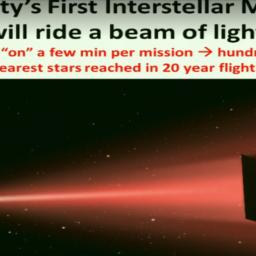 |
by brian wang on (#352W7)
Philip Lubin, University of California, Santa Barbara, Directed Energy for Interstellar Study Starting at 26 minutes of this video. They are making progress with laser locking over kilometer distances. They are making 2 gram starchip prototypes. they are looking at making ultrathin starchips that would be a meter across but very lightweight. Arxiv – A Roadmap to Interstellar Flight Lubin’s designs would enable wafersats to reach 25% of lightspeed and a 100 ton spaceship to reach 1000 kilometers per second.
|
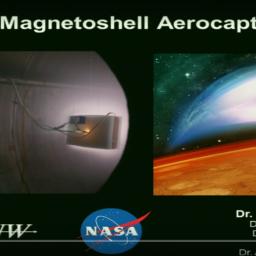 |
by brian wang on (#352V3)
David Kirtley, MSNW, LLC, Magnetoshell Aerocapture for Manned Missions and Planetary Deep Space Orbiters The Magnetoshell deploys a simple dipole magnetic field containing a magnetized plasma. It is...
|
 |
by brian wang on (#352MF)
A 100 meter to 150 meter solar array that is attuned to the lithium ion will be about 70% efficient. JPL is working on the gridded lithium ion arrays to achieve 60,000 ISP. There is work on 60 meter...
|
 |
by brian wang on (#3528F)
I tried out the Alienwheels hoverboard. ($298) I was able to take about twenty minutes to get standing and balanced on the board and fairly comfortable with basic control. Control is with shifting...
|
 |
by brian wang on (#351T4)
Bitcoin is at $5750 and some exchanges had bitcoin at $5800. Bitcoin has an overall market valuation of $95 billion. Investors believe the momentum is warranted given the results of the last hard...
|
 |
by brian wang on (#351T6)
More than 10,000 firefighters are now battling 16 large wildfires that have burned more than 330 square miles (214,000 acres) of California neighborhoods, forests and businesses since Sunday, with...
|
 |
by brian wang on (#351T8)
The X3 thruster was designed by researchers at the University of Michigan in cooperation with NASA and the U.S. Air Force. It is a Hall thruster — a system that propels spacecraft by accelerating a...
|